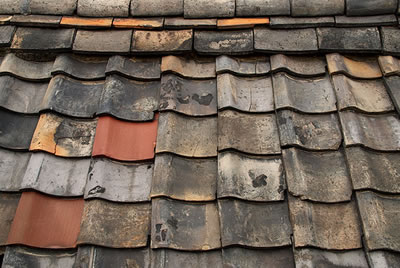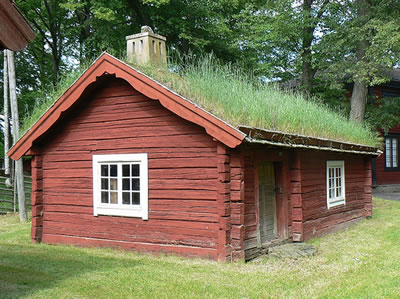If you thought valleys were something found in the heart of Wales and flashing is an offence which could land you in jail, the chances are that you aren’t familiar with the jargon and terminology used in roofing…
Just like any other industry, roofing has its own language which to an insider is baffling and bewildering and almost impossible to follow.
Unless you know the basics of roofing terminology trying to understand even the most basic guide is like reading a foreign language. The good news is that it’s very simple to get to grips with some of the most commonly-used words and phrases. So with the help of this guide you will soon be able to speak ‘Roofer’ without having to think twice.
Dormer roof
Loft extensions are becoming increasingly popular, particularly with mortgages more difficult to obtain than in the past. This has led to more homeowners opting to extend their existing space rather than move to a bigger house.
In the loft, a dormer window is used to provide additional head room, as it extends horizontally from a high point in the roof. This is a particularly efficient way to add space but typically requires planning permission.
Eaves
This is the lowest point of the roof edge and may terminate either flush with the outer edge of the wall or extend beyond it.
Fascias
On many roofs, there is a single strip of wood which separates the roof and the wall. This is known as the fascia and is often used as a panel upon which to attach the guttering. In the past fascias were made from wood but more recently they are made from uPVC because of the material’s superior endurance. It is possible to upgrade wooden fascias to uPVC.
Flashing
One of the most commonly heard words in roofing, flashing refers to the small metal components in the roof which act as a sealant between tiles and either the wall or other part of the roof. Flashing is commonly made from lead, but alternative materials such as zinc may be utilised as well.
Flaunching
The cement filler which can be found on the top of a chimney stack, at the base of chimney pots or on any extending flues.
Green roof
There are different interpretations of this phrase but the most generic and commonly accepted use refers to the planting of live organic material on a roof. This provides excellent insulation and protection from flooding as well as improving the aesthetics, particularly in an urban landscape.
Hot air seam welding
This is a method of installing new roofing and is commonly used with single ply membranes. A hot air gun is used to fuse together sheets of membrane, creating an ultra-strong and waterproof lining which requires no additional glue or fixing. It is considered a particularly safe type of working because there are no solvents and no naked flames involved.
Parapet
A low wall which extends at the edge of a roof beyond the eaves.
Pitched roof
This is the opposite of a flat roof and is the kind of roofing which is more commonplace. Having a pitch just means that your roof reaches a point at the top. There are different degrees of pitches; these depend on the style of the house and the fashions at the time the property was being built.
Ridge
A single word which refers to the highest point of a pitched roof, and is often the spot into which the heads of the rafters extend.
Single ply membrane
This is one of the most modern and efficient roofing systems which are comprised just of one single sheet of membrane. Strong and waterproof, single ply roofing systems are quick and easy to install and are amongst the most durable types of roofing available.
Valleys
A roofing valley is almost exactly what it sounds like: a channel where two different parts of the roof meet where the water is allowed to run off. Not every house will have a roofing channel but it is commonly present in those which have had an extension.
Conclusion
The above glossary is a guide to just some of the more basic terms you may hear bandied around in the roofing industry. The terminology relating to the more technical roofing products is long enough to fill an entire book but the above words and phrases should help you plough through at least the more rudimentary reports and recommendations.
Image credits: Foxc Photography and Collin Key




